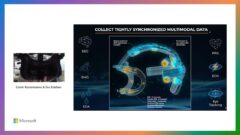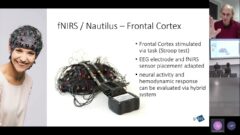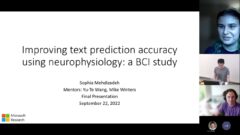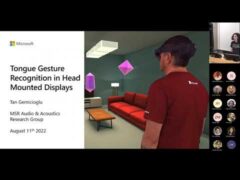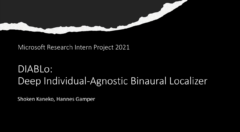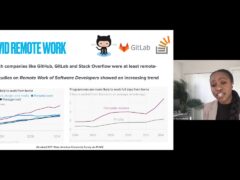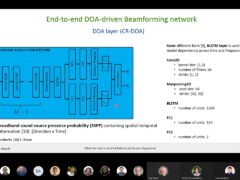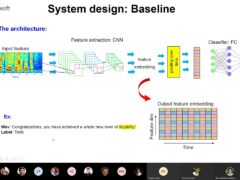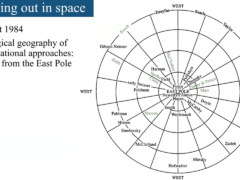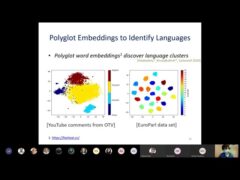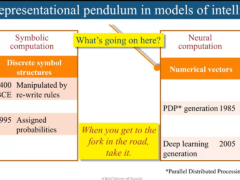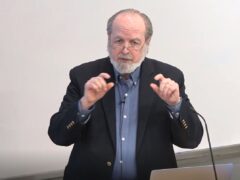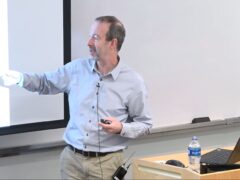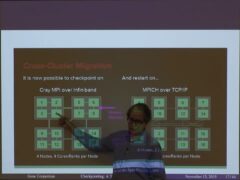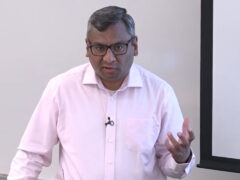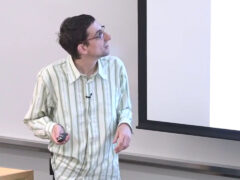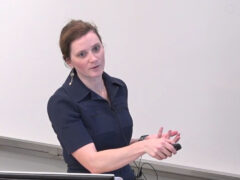Blind Deconvolution Using Unconventional Beamforming
When an acoustic wave travels in a medium which encounters the boundary of a second medium, recorded signals by a receiver array (an array of microphones or hydrophones) is commonly distorted by reflected waves from the boundaries. Such recordings are the convolution of the source signal and the impulse response of environment at the time of signal transmission. “Blind deconvolution” is the name given to the task of determining the source signal and the impulse response from array-recorded signals when the source signal and the environment’s impulse response are both unknown. This presentation will describe how the basic physics of sound propagation can be combined with novel nonlinear array-signal processing to recover out-of-band lower- or higher-frequency signal information from finite bandwidth signals. This manufactured signal information can be used for source localization to surpass the usual spatial Nyquist and diffraction limits of the receiving array at in-band signal frequencies. In addition, the manufactured below-band signal information can be exploited to overcome the ill-posed character of blind deconvolution, even when the receiving array is sparse in the signal’s frequency band and ordinary beamforming is not useful.
- Series:
- Microsoft Research Talks
- Date:
- Speakers:
- Shima Abadi
- Affiliation:
- Lamont-Doherty Earth Observatory of Columbia University / University of Washington School of Oceanography
-
-
Jeff Running
-
Series: Microsoft Research Talks
-
-
-
-
Galea: The Bridge Between Mixed Reality and Neurotechnology
Speakers:- Eva Esteban,
- Conor Russomanno
-
Current and Future Application of BCIs
Speakers:- Christoph Guger
-
Challenges in Evolving a Successful Database Product (SQL Server) to a Cloud Service (SQL Azure)
Speakers:- Hanuma Kodavalla,
- Phil Bernstein
-
Improving text prediction accuracy using neurophysiology
Speakers:- Sophia Mehdizadeh
-
-
DIABLo: a Deep Individual-Agnostic Binaural Localizer
Speakers:- Shoken Kaneko
-
-
Recent Efforts Towards Efficient And Scalable Neural Waveform Coding
Speakers:- Kai Zhen
-
-
Audio-based Toxic Language Detection
Speakers:- Midia Yousefi
-
-
From SqueezeNet to SqueezeBERT: Developing Efficient Deep Neural Networks
Speakers:- Sujeeth Bharadwaj
-
Hope Speech and Help Speech: Surfacing Positivity Amidst Hate
Speakers:- Monojit Choudhury
-
-
-
-
-
'F' to 'A' on the N.Y. Regents Science Exams: An Overview of the Aristo Project
Speakers:- Peter Clark
-
Checkpointing the Un-checkpointable: the Split-Process Approach for MPI and Formal Verification
Speakers:- Gene Cooperman
-
Learning Structured Models for Safe Robot Control
Speakers:- Ashish Kapoor
-
-




